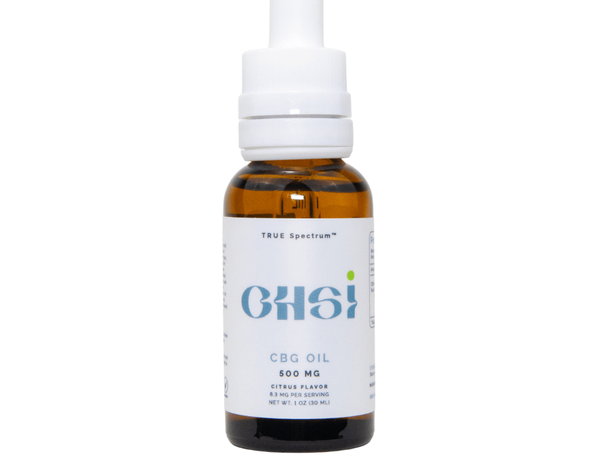The Ultimate Overview to CBG
After the large popularity of cannabidiol (CBD) amongst traditional consumers, cannabigerol (CBG) occurs as a worthwhile alternative, or better yet, supplement to CBD- and THC-based items for medical and recreational use.
As a non-intoxicating cannabinoid, cannabigerol is seeing increased focus from scientists, manufacturers, and consumers.
What Is Cannabigerol (CBG)?
First uncovered in 1964, CBG (cannabigerol), known as the “mommy of all cannabinoids, is an incredible substance with lots of therapeutic potential. It is simply one of over 100 cannabinoids located in cannabis. Its acidic form, cannabigerolic acid (CBGA), is the foundation of numerous other significant and minor cannabinoids.
CBGA is the acidic chemical precursor of three key substances:
- Tetrahydrocannabinolic acid (THCA).
- Cannabidiolic acid (CBDA).
- Cannabichromenic acid (CBCA).
As the cannabis plant develops, a team of enzymes break down CBGA to produce these 3 primary cannabinoids. By the end of the harvest, the majority of the CBGA has actually completely converted into THCA, CBDA, and CBCA. Any type of remaining CBGA can end up being decarboxylated and turn into CBG. Cannabigerol has a boiling point of 125.6 º F (52º C). CBD and its intoxicating equivalent, delta-9 tetrahydrocannabinol (THC), are discovered in high concentration in a mature cannabis plant. CBG, on the other hand, is discovered in trace quantities (less than 1% by completely dry weight). CBD-rich strains can have CBD levels between 20 and 25%. THC-rich strains can have THC degrees between 25 and 30%.
Due to the fact that it is discovered in really reduced concentrations in a lot of Cannabis plants, CBG-based natural products are not commonly offered compared to THC and CBD products. However, as passion in this amazing cannabinoid grows, research is ramping up right into its restorative results.
Benefits of CBD:
Inflammatory Bowel Disease
Inflammatory bowel condition (IBD) includes chronic swelling of the gastrointestinal tract and consists of ulcerative colitis and Crohn’s disease. A 2013 study on animals discovered that CBG was able to reduce inflammation and nitric oxide manufacturing in the colons of mice. It also minimized the production of reactive oxygen varieties in the intestinal tracts.
Glaucoma
In a 2008 study on animals, research discovered that cannabigerol was effective in treating glaucoma. Research revealed that cannabigerol decreased eye pressure and boosted liquid wit discharge, a fluid that helps maintain eye stress and gives nourishment to the eye.
Huntington’s Disease
Huntington condition is an unusual and acquired condition that results in the destruction of nerve cells in the mind. In a 2015 research study, scientists checked the results of CBG and various other cannabinoids in computer mice with a speculative design of Huntington’s disease.
In the research study, CBG worked as a neuroprotective substance by safeguarding the nerve cells in the mind from damage. In addition to its neuroprotective impacts, it also boosted motor shortages and secured striatal neurons against 3-nitropropionic acid toxicity.
Hope you find the article useful and informative. Thanks for reading it. You can find CBD Blüten and CBD Aromaharz at our website.


